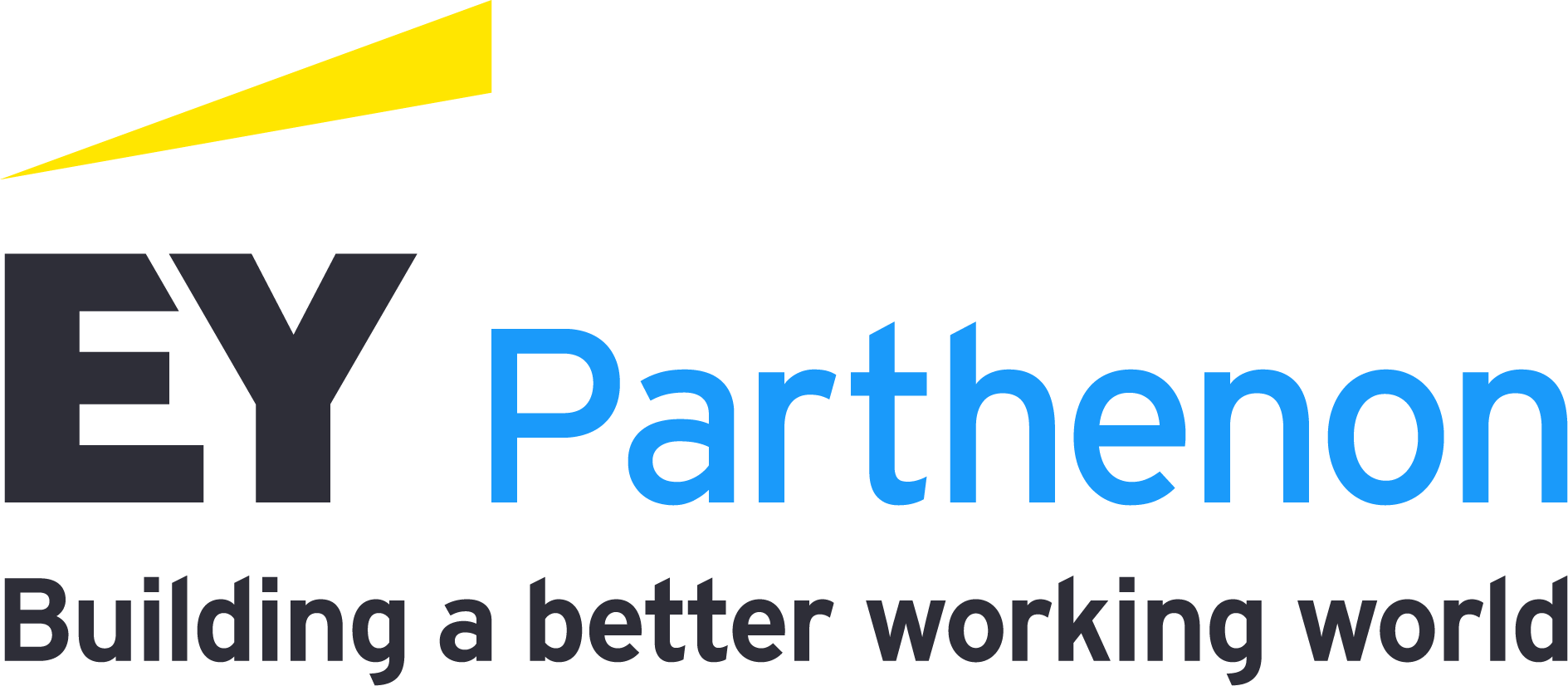As biopharma companies see their top lines pressured by another upcoming wave of loss of exclusivity, they may increasingly need to supplement growth through M&A. Our recent research shows that CEOs and CFOs can focus on adjacent therapeutic areas (TAs) to help boost the success rate of bolt-on acquisitions.
Bolt-on acquisitions have demonstrated the ability to increase total shareholder return, as reported in the EY 2019 publication “Why bolt-on acquisitions are better poised for value capture.” In this new research, the EY-Parthenon team uses a more specific revenue lens to examine what types of bolt-ons can help lead to long-term deal success.
Global M&A plummeted in 2020 as a result of the COVID-19 pandemic, though total liquidity in the market remained robust. A year later, 43% of life sciences executives plan to actively pursue acquisitions in the next 12 months, according to the EY Global Capital Confidence Barometer. And 41% of those say bolt-ons will be the deal of choice.
Our analysis shows that acquisitions in adjacent TAs and smaller bolt-on deals (with a value of US$1b or less) are more likely to deliver on their original deal hypotheses.
At the same time, when considering assets from TAs in which the acquirer does not currently participate, acquisitions of de-risked assets, which already have regulatory approval and are in the market, tend to perform better. These assets allow the acquirer to use its promotional scale without assuming a technology or regulatory risk.
Bolt-on deals in adjacent TAs, regardless of size, are better positioned to capture value and are nine percentage points more successful in achieving their projected revenue targets over a five-year period compared with deals in nonadjacent TAs. Based on our experience and research, this has mostly been attributed to existing TA expertise within the acquirer’s organization and assets that can be brought to market more efficiently.




